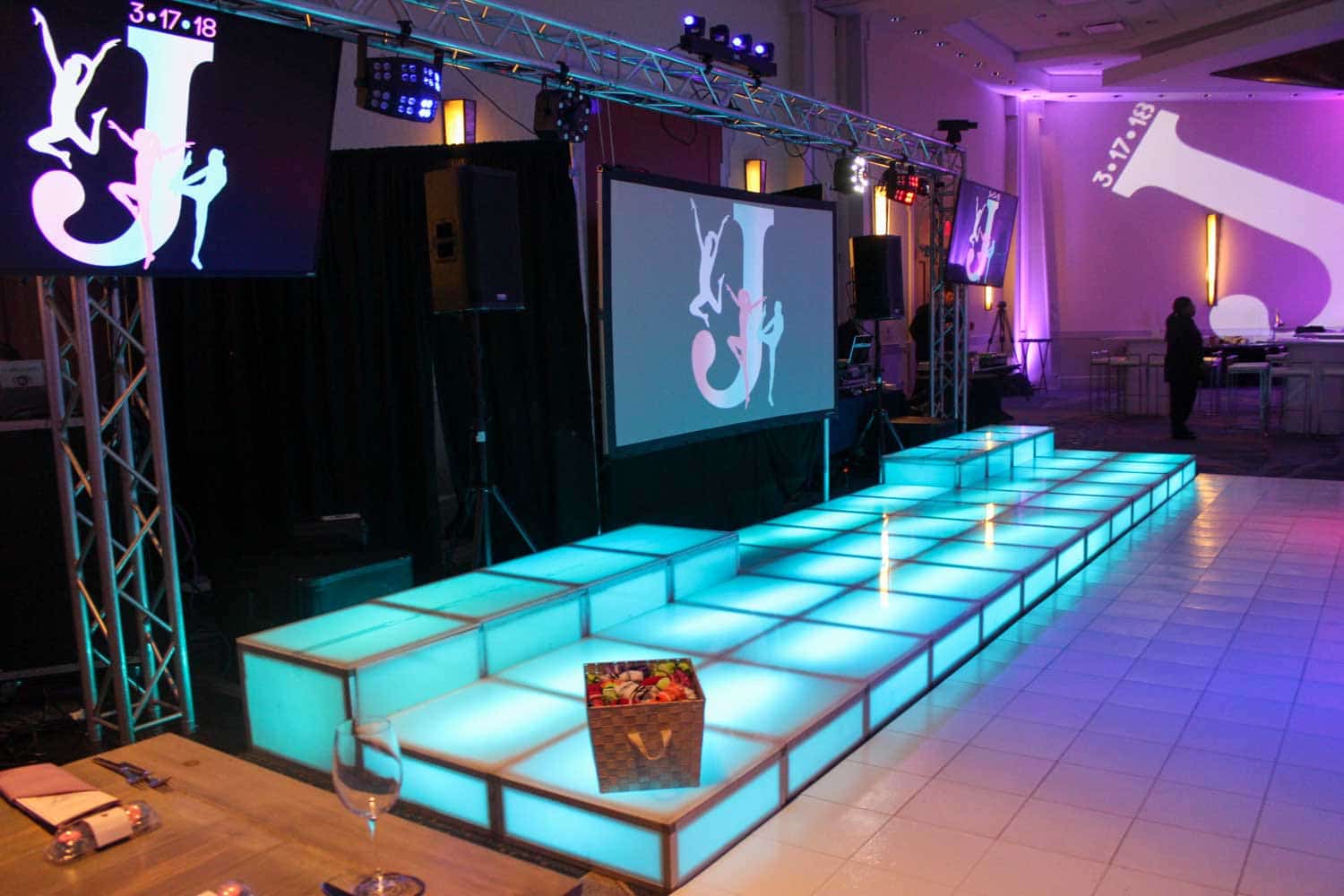Novel Methods to Boosting Mobile Connectivity Systems for LED Panel Panels.
Wiki Article
Untethered communication solutions for Light Emitting Diode wall screens have redefined the way we utilize visual displays in various settings, such as concerts, corporate gatherings, and advertising. These panels, known for their vibrant colors and high clarity, rely heavily on stable wireless networks to perform optimally. As technology continues to evolve, cutting-edge strategies are being engineered to enhance these wireless solutions. This discussion will examine some of the latest techniques aimed at boosting wireless integration for Luminescent Diode wall panels.

One significant method to enhancing wireless connectivity is the use of next-generation antenna technology. Antennas play a vital role in transmitting and capturing signals between devices. By utilizing adaptive antenna arrays, which can adapt their direction and beamforming pattern based on the environment, manufacturers can greatly improve signal strength and stability. This dynamic tuning helps reduce disruption from other electronic devices and barriers, leading to clearer video quality and more consistent connections for LED wall displays.
Another forward-thinking strategy entails utilizing mesh network architectures. Unlike conventional wireless setups that rely on a single access point, mesh systems consist of multiple nodes that work together to extend the internet signal over a broader area. read the full info here This setup guarantees that Light Emitting Diode wall panels receive a consistent signal regardless of their location. In spaces like arenas or large exhibition halls, where physical obstructions may interfere with signals, mesh networks provide a more robust framework by ensuring connectivity even in crowded environments.
In addition, incorporating edge processing into wireless communication systems can boost efficiency for LED wall panels. Edge computing allows data processing to occur closer to the source of data generation rather than relying solely on centralized data centers. By processing data near the LED wall panels, the system reduces latency, resulting in faster response times and smoother video playback. This development is especially beneficial for applications that require real-time updates or interactive functions, making presentations more engaging for audiences.
Lastly, leveraging new communication protocols can also improve wireless connectivity for LED wall panels. Protocols such as Wi-Fi 6 and fifth-generation wireless offer greater bandwidth and accelerated data throughput you could check here compared to previous standards. These technologies allow multiple devices to connect simultaneously without compromising performance. As Luminescent Diode wall displays are often paired with other smart technologies, integrating these modern protocols ensures that all components can communicate effectively, leading to an overall better user interaction.
To summarize, the advancement of wireless communication technologies for Light Emitting Diode wall displays is crucial as technology continues to advance. Through innovations such as intelligent antennas, mesh networking architectures, edge computing implementation, and new data transmission standards, producers can provide better performance and reliability. These strategies not only enhance the capabilities of LED wall panels but also elevate the visual experiences they deliver across multiple applications. As these technologies develop further, viewers can anticipate even more cutting-edge displays in the future.